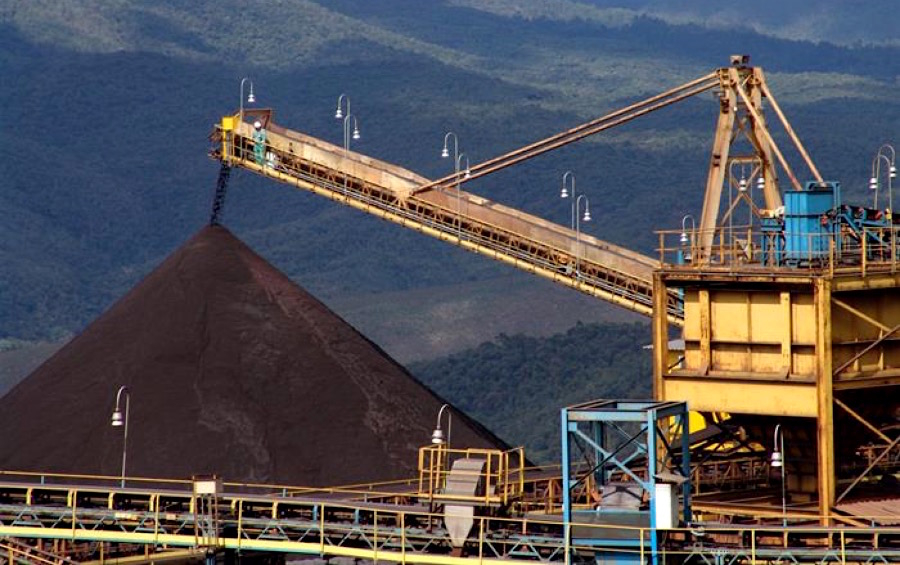Vale cuts full-year production forecast, buoying iron ore market

Vale SA, the world’s No. 2 iron ore supplier, lowered its annual production guidance in a move that should support prices of the steel-making ingredient.
The Brazilian mining giant now expects to produce 310-320 million metric tons of iron ore in 2022, compared with a previous forecast of 320-335 million tons. Vale attributed the guidance cut to the sale of its operations in the Midwestern System, and said it’s seeking greater flexibility in production “due to current market conditions.”
The revision is bullish for the iron-ore market, which has lost about a third of its value since a March peak as industrial commodities are hammered by recession fears. Adding to the selling pressure is the prospect of more Chinese pandemic restrictions that could further weaken the steel-consuming housing and infrastructure industries. Goldman Sachs recently cut its second-half price targets for iron ore under the weight of an estimated 35 million-ton market surplus.
Vale said Tuesday it delivered 74.11 million metric tons last quarter, missing the 76.9 million-ton average estimate among analysts tracked by Bloomberg. The Rio de Janeiro-based company also revised previously reported production figures, cutting last quarter to 63.1 million tons from 63.9 million. Output a year ago was revised lower to 75 million tons from 75.7 million, as it excluded the Midwestern operations.
Vale rivals flag tougher market conditions for commodities producers as fears of a global economic slowdown hits demand. BHP warned of an “overall slowing of global growth” and persistent cost pressures on its quarterly output update. Rio Tinto’s remarks pointed to headwinds in top customer China, which has slowed amid Covid-19 lockdowns.
“Iron ore prices may soften with wide fluctuation as price-in factors’ impact weakened, and the demand keeps dropping due to the scheduled maintenance and meager steelmaking profits while the port stocks keep increasing,” consultant Mysteel said in a note last week.
Vale is also one of the world’s biggest nickel suppliers and a sizable copper producer. In the second quarter, output of those two metals fell 16.1% and 23.9% respectively. The Brazilian miner cut its annual production guidance for copper to 270,000 to 285,000 tons as a result of a longer-than-expected maintenance at Sossego mill and additional maintenance at Salobo mill.
(By Mariana Durao, with assistance from Rachel Gamarski)
More News
Is Basel III setting up a new gold-backed monetary system?
April 20, 2025 | 08:22 am
China’s export controls are curbing critical mineral shipments to the world
April 20, 2025 | 08:15 am
{{ commodity.name }}
{{ post.title }}
{{ post.date }}




Comments